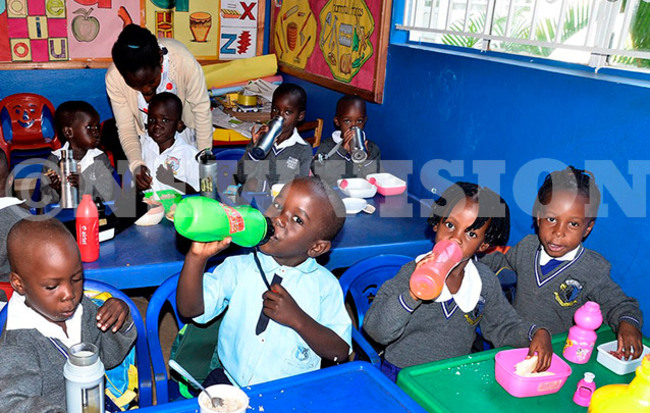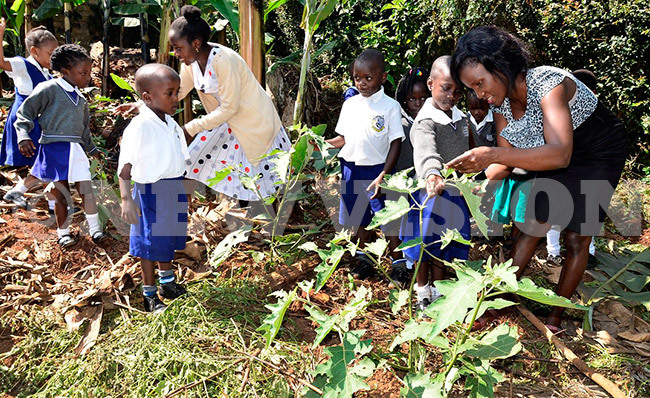How to choose a good kindergarten
He adds that when looking for a school; don’t just end in an office. Ask to be taken around. At least visit the toilets, the classrooms as well as looking at the environment.
EDUCATION
Isaac Kubanja, a counsellor and educationist in Wakiso says a good kindergarten should have a good playground, with enough toys, swings to enhance the child's learning and reasoning.
He adds that the curriculum must suit the child's mental capacity. Academic work must be limited to the child's age and playing should be encouraged.
"A good nursery school should give the children plenty of time to play and sleep plus good food," says Kubanja.
He adds that when looking for a school; don't just end in an office. Ask to be taken around. At least visit the toilets, the classrooms as well as looking at the environment.
"Find out whether there is enough space for playing, how good the sanitation is, spacing in classrooms and whether the teachers are trained," says Kubanja.
The locations of the kindergartens also determine the safety of the children. Avoid those located in busy areas without a fence.
Guidelines from the ministry of education note that kindergartens should not have so many children, for both health reasons and to ensure effective and individual attention, which is crucial at this stage of development. They recommend a ratio of 20 children per teacher.

What should the environment be like?
Kubanja says some parents believe their children should be free to explore, experiment and lead their learning while others feel young children need routine, boundaries and rules.
Whatever your preferences, when entrusting the care of your child to others, you should keep in mind that the environment is key.
Jane Nagujja, a nursery teacher says the physical and social atmosphere in the learning place must be good for a child; the vibe it gives off must be good for learning as well.
Experts say a clean and interesting environment stimulates the child's mind and helps in its cognitive development.
Teachers and pupils are an important part of the environment in an education setting. They both contribute to the environment and benefit more.
Nagujja says they create a good school environment by treating each child as an individual. This is because each child has different learning abilities and their needs have to be addressed using a unique approach.

Lawrence Bombokka, a director at St. Catherine says the physical environment entails things like the compound, spaced and well-ventilated classrooms, clean and separated toilets with water for washing, reading materials, sitting facilities, library, playgrounds, trees and flowers, among others.
"Environment is not all about chalk and blackboards, a good learning environment is one with enough classrooms and a big playground because we learn well when we play well," he says.
Bombokka also says good sanitation is of utmost importance. "You know what they say, a clean environment is a healthy mind," he says, adding that it is everyone's responsibility to conserve the environment.
"Trees are one of the planet's natural cleaners. They take in carbon dioxide and send out life giving oxygen, the trees protect watersheds by binding the soil, so it does not wash into water sources".